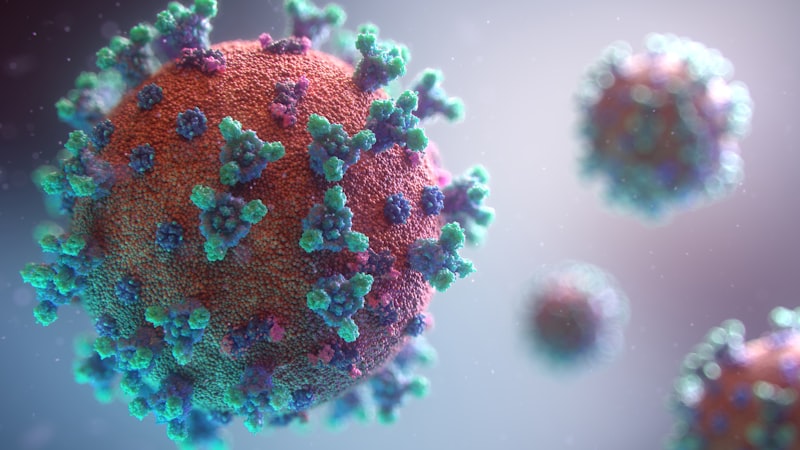FREE SHIPPING OVER $50
eed Observation Box: Watch a Seed’s Amazing Journey
Have you ever wondered how a tiny seed transforms into a flourishing plant? It’s one of nature’s most fascinating miracles — a story of growth, change, and life unfolding right before your eyes. The best way to understand this journey is through hands-on observation. That’s where the Seed Observation Box comes in!
In this blog post, we’ll explore what a Seed Observation Box is, how you can create your own at home or in the classroom, and the amazing science behind a seed’s growth. Whether you’re a curious child, a parent, or a teacher, this simple project offers a wonderful way to connect with nature and learn about plant biology.

What Is a Seed Observation Box?
A Seed Observation Box is a clear container specially designed to let you watch the process of a seed growing step-by-step. Unlike planting seeds directly in soil where much of the action happens underground and out of sight, this box allows you to see the seed’s roots sprouting, the stem pushing upward, and the leaves unfolding.
By observing these changes closely, you get to witness the entire life cycle of a plant—from seed to seedling—in real time. It’s educational, inspiring, and a fantastic way to spark a love for science and nature in learners of all ages.
How to Make Your Own Seed Observation Box
Creating your own Seed Observation Box is easy, fun, and requires just a few materials. Here’s a simple step-by-step guide:
What You’ll Need:
- A clear plastic or glass container (like a sandwich box, a small aquarium, or a large jar)
- Paper towels or cotton pads
- Seeds (bean seeds, sunflower seeds, or pea seeds work great because they sprout quickly)
- Water
- A sunny windowsill or grow light
Step-by-Step Instructions:
- Prepare the Container: Clean your container thoroughly. If it has a lid, you can leave it open for air circulation or poke small holes for ventilation.
- Add Moisture Layer: Line one side of the container with damp paper towels or cotton pads. Make sure they are moist but not soaking wet.
- Place the Seeds: Press the seeds gently between the paper towels and the side of the container so they are visible through the clear wall. This lets you observe the roots growing downward and the shoot growing upward.
- Keep It Moist: Spray or add water regularly to keep the paper towels damp. Avoid overwatering to prevent mold.
- Find the Perfect Spot: Place your box in a sunny location where the seeds can get indirect sunlight. About 6–8 hours of light a day is ideal.
- Observe and Record: Check your seeds daily. Take notes, draw pictures, or take photos to document their progress.
The Amazing Journey of a Seed
Watching a seed grow in your Seed Observation Box reveals several exciting stages of plant development:
1. Imbibition: The Seed Drinks Water
When you place the seed in a moist environment, it begins absorbing water. This process is called imbibition. The seed swells as the water activates enzymes inside it, kick-starting its metabolism.
2. Germination Begins: Root Emergence
Next, the seed coat cracks open, and the radicle — the embryonic root — emerges. This tiny root anchors the plant and begins absorbing nutrients and water from the paper towel or soil.
3. Shoot Emerges: The Plumule
Following the root, the shoot or plumule pushes upward toward the light. This is the part that will eventually develop into the stem and leaves.
4. Photosynthesis Starts
As the leaves begin to unfold, the plant starts producing chlorophyll, turning green. It then begins photosynthesis, converting sunlight into energy for growth.
5. Seedling Growth
With roots firmly established and leaves spreading, the seedling grows stronger and larger, preparing to develop into a mature plant.
Why Is Watching Seeds Grow So Important?
Observing seeds germinate isn’t just a fun activity; it has many educational and developmental benefits:
- Scientific Curiosity: Kids learn how living things grow and change.
- Responsibility: Taking care of the seeds teaches patience and nurturing skills.
- Connection to Nature: Understanding where food and plants come from helps foster environmental awareness.
- Critical Thinking: Tracking progress and making observations build analytical skills.
Tips for a Successful Seed Observation Box
- Use fast-germinating seeds like beans, peas, or sunflower seeds to see results quickly.
- Change the paper towels if they become moldy or overly soggy.
- Avoid placing the box in direct hot sunlight, which might dry out or cook the seeds.
- Keep a journal or create a photo timeline to remember each stage.
- Try experimenting with different seeds or conditions to learn more about what plants need to thrive.
Beyond the Box: Expanding the Learning Experience
After watching your seeds sprout, you might want to plant them in soil and continue watching their development. This hands-on experience can be the start of a longer gardening project.
For classrooms, this experiment can be paired with lessons on plant anatomy, photosynthesis, or ecology. It also inspires discussions about the importance of plants in our ecosystem and food chain.
Conclusion
The Seed Observation Box is a wonderful way to watch nature’s magic unfold. From the moment a tiny seed absorbs water to when it grows into a vibrant seedling, this simple tool opens a window into the amazing journey of plant life.
Whether you’re a teacher, parent, or just someone curious about the natural world, building a Seed Observation Box will enrich your understanding of biology and inspire a deeper appreciation for the small but mighty seed.
So, grab some seeds, a clear container, and start your own amazing journey today!



